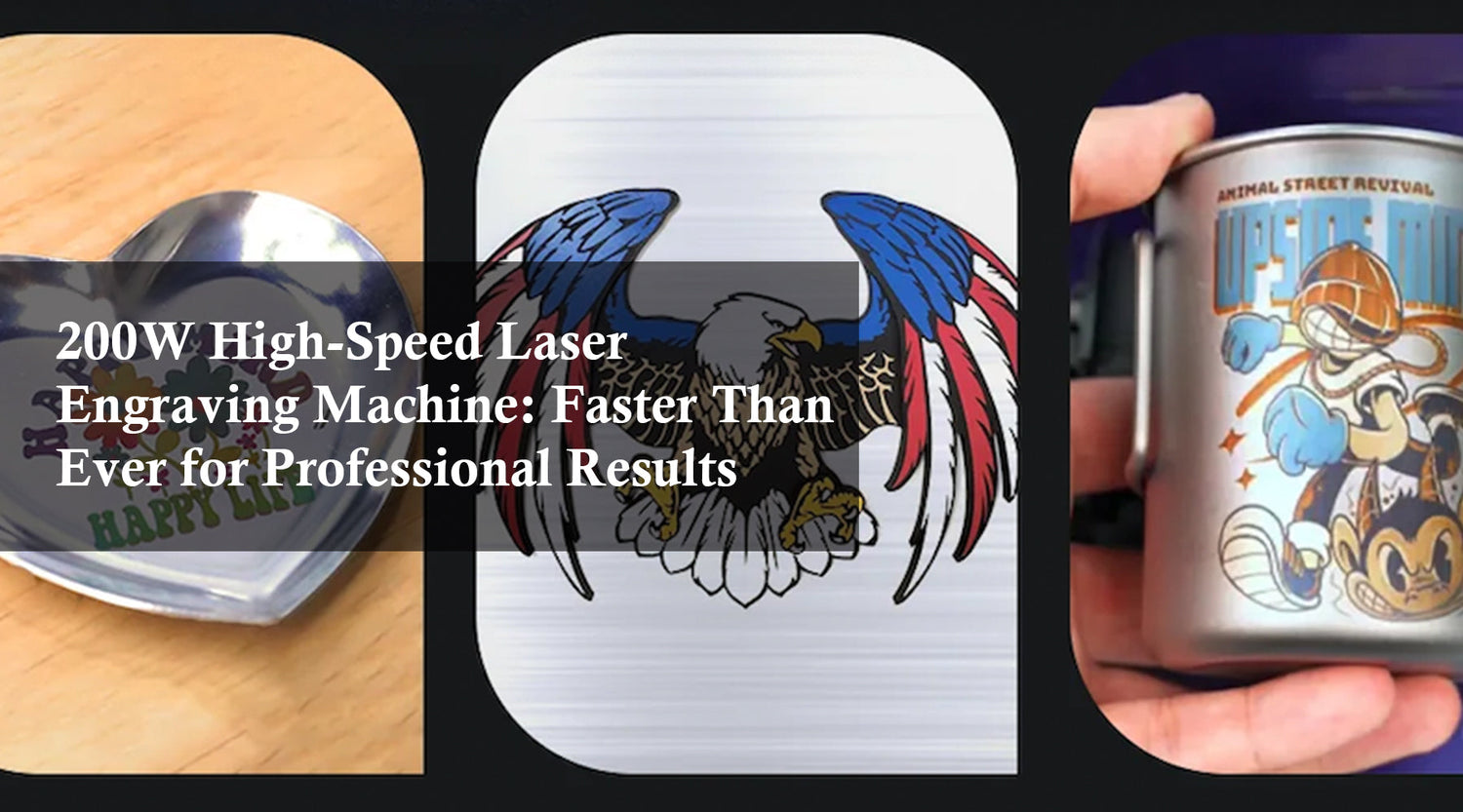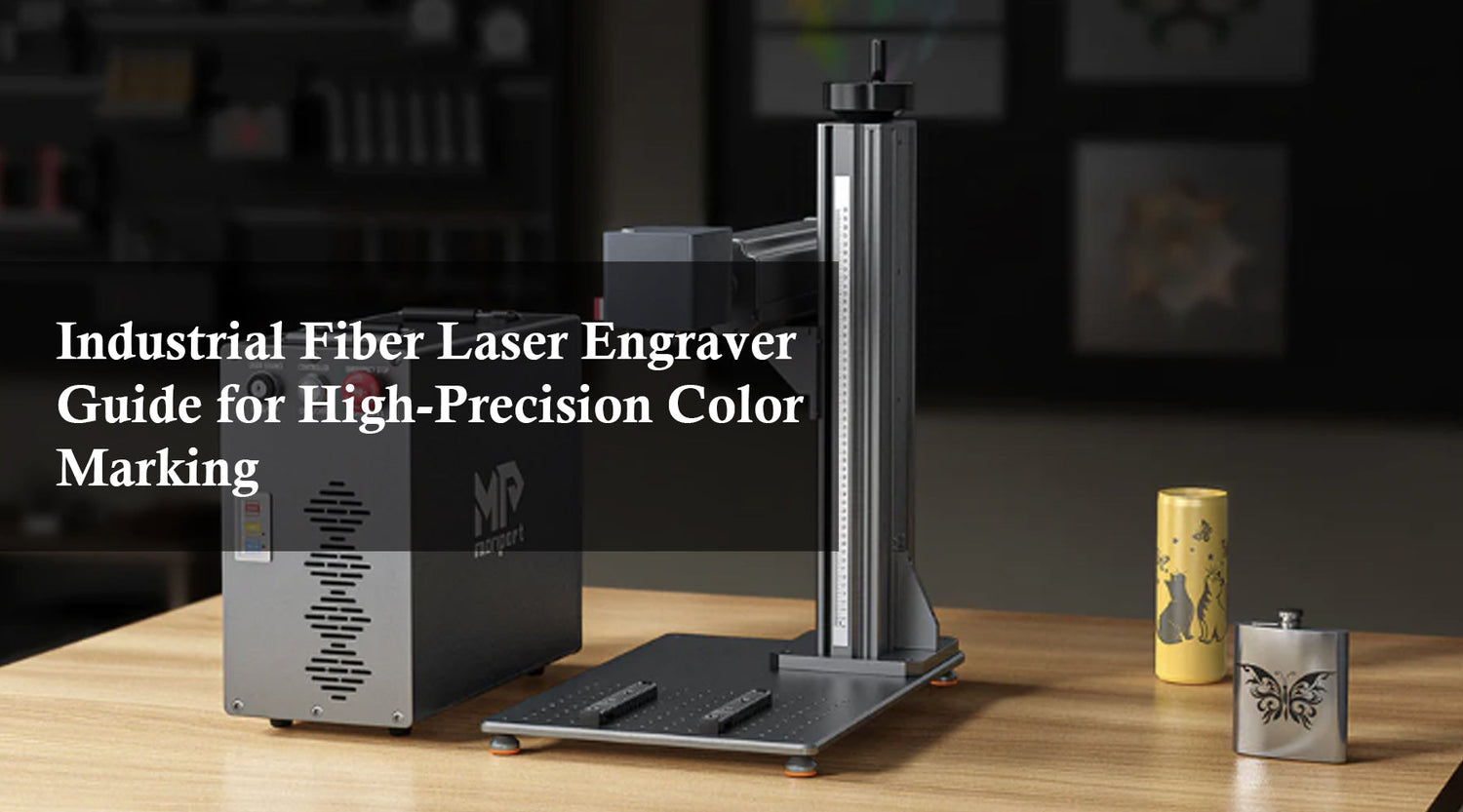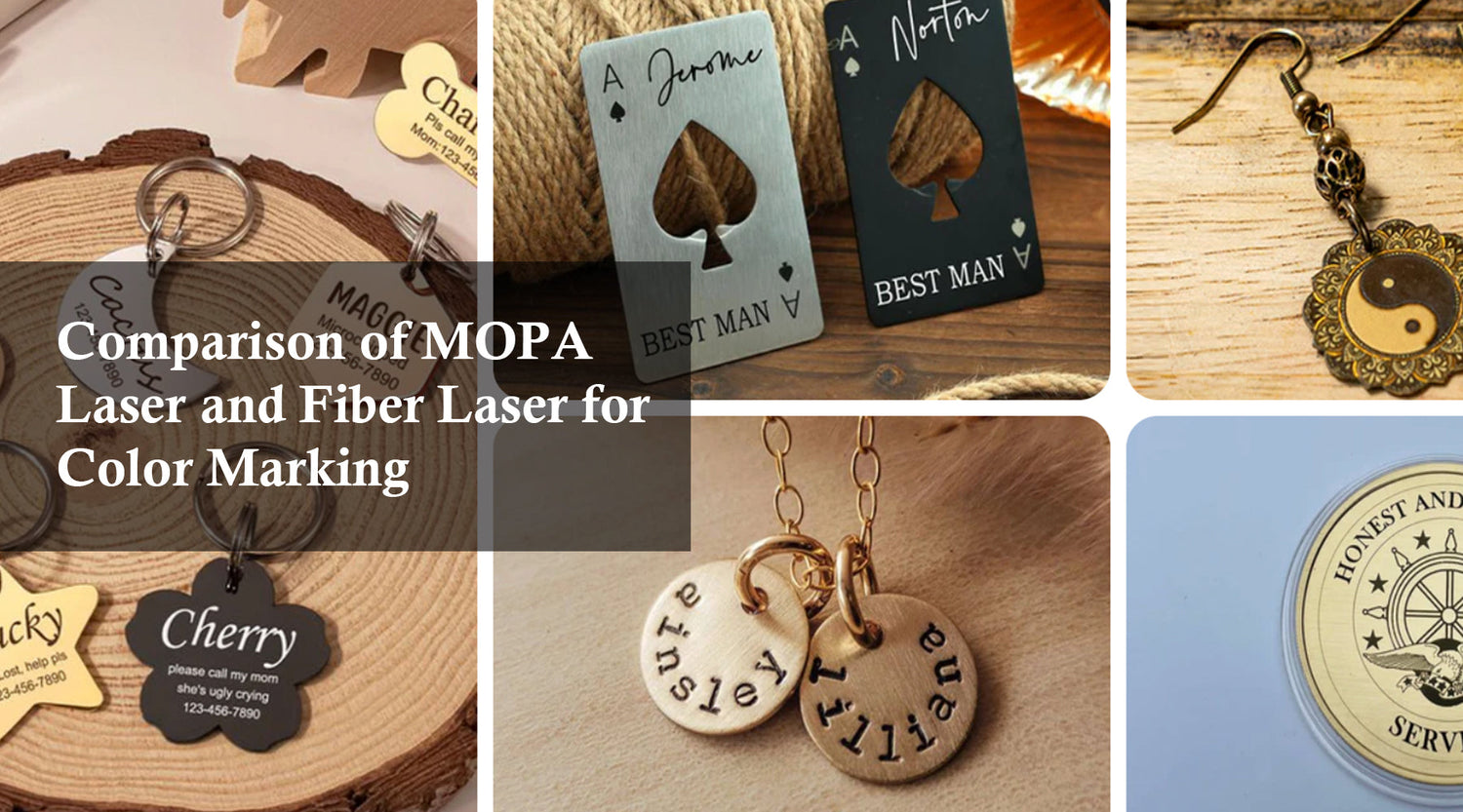CO2 laser engraving is a powerful and versatile technology that has revolutionized the art of engraving. With its ability to work with a wide range of materials, it has become a popular choice for hobbyists, artists, and professionals alike. This article explores the capabilities of CO2 laser engraving and delves into the various materials suitable for engraving and printmaking.
What is CO2 Laser Engraving?
CO2 laser engraving uses a high-powered CO2 laser beam to etch designs, patterns, and text onto the surface of various materials. The process involves focusing a laser beam onto the material's surface, which vaporizes the material and creates a precise and permanent mark. This technology offers exceptional precision, allowing for intricate and detailed designs that would be difficult or impossible to achieve with traditional engraving methods.
Advantages of CO2 Laser Engraving
1. High Precision and Detail
- CO2 lasers can produce extremely fine details, making them ideal for intricate designs and complex patterns.
2. Versatility
- CO2 lasers can engrave a wide variety of materials, including wood, acrylic, glass, leather, fabric, and more. This versatility makes them a valuable tool for various applications.
3. Non-Contact Process
- The non-contact nature of laser engraving means there is no physical pressure applied to the material, preserving its integrity and reducing the risk of damage.
4. Speed and Efficiency
- Laser engraving is a fast process, allowing for quick turnaround times on projects. This efficiency is beneficial for both small-scale and large-scale production.
5. Customization
- Laser engraving allows for high levels of customization, enabling the creation of unique, personalized items.
Materials for CO2 Laser Engraving
CO2 lasers can engrave a broad range of materials, each offering unique characteristics and applications. Here are some of the most popular materials for laser engraving:
1. Wood

- Wood is one of the most commonly used materials in laser engraving. It is easy to work with and produces a beautiful, high-contrast finish. Various types of wood, such as plywood, MDF, hardwood, and softwood, can be engraved with intricate designs, text, and images.
2. Acrylic

- Acrylic is a versatile plastic material that engraves beautifully with a CO2 laser. It is available in various colors and finishes, making it suitable for signs, awards, decorative items, and more.
3. Glass

- Laser engraving on glass creates a frosted effect, which is perfect for customizing glassware, mirrors, and windows. The precision of CO2 lasers ensures clean and sharp engravings on glass surfaces.
4. Leather

- Leather engraving adds a sophisticated touch to products such as wallets, belts, bags, and accessories. The laser can create intricate patterns and logos on leather without damaging the material.
5. Fabric

- CO2 lasers can engrave and cut various fabrics, including cotton, polyester, felt, and denim. This capability is useful for creating custom apparel, accessories, and textile art.
6. Rubber

- Rubber is commonly used for making custom stamps. Laser engraving can produce detailed and durable stamps for printmaking and other applications.
7. Paper and Cardboard

- Laser engraving on paper and cardboard allows for precise cutting and intricate designs. This is particularly useful for creating custom invitations, business cards, and packaging.
8. Stone and Slate

- Stone and slate engraving produces elegant and durable results, ideal for personalized gifts, awards, and decorative items.
CO2 Laser Engraving for Printmaking

Printmaking is an art form that involves creating images on a matrix, which is then used to produce prints on paper or other materials. CO2 laser engraving offers unique possibilities for printmaking by allowing artists to create detailed and precise matrices. Here are some ways CO2 laser engraving can be used in printmaking:
1. Engraving Print Blocks
- Artists can use CO2 lasers to engrave detailed designs onto wood or linoleum blocks. These engraved blocks can then be inked and pressed onto paper to produce prints.
2. Creating Stencils
- Laser-cut stencils can be used for screen printing, spray painting, and other printmaking techniques. The precision of laser cutting ensures clean and intricate stencil designs.
3. Etching Plates
- CO2 lasers can be used to etch designs onto metal plates, which can then be used for intaglio printmaking. This process allows for fine lines and intricate details in the final prints.
4. Fabric Printing
- Laser engraving can be used to create detailed designs on fabric, which can then be used for textile printing. This is useful for producing custom fabrics for fashion, home decor, and art projects.
Conclusion
CO2 laser engraving is a versatile and powerful technology that opens up endless creative possibilities. Whether you're an artist, hobbyist, or professional, the ability to engrave a wide range of materials with precision and detail makes CO2 lasers an invaluable tool. From creating custom gifts and personalized items to producing intricate printmaking matrices, CO2 laser engraving allows you to bring your creative visions to life with ease and accuracy. If you're looking to explore the world of laser engraving, investing in a CO2 laser engraver can provide you with the flexibility and capability to tackle a wide variety of projects.










